Metal surface treatments play a crucial role in materials engineering. Different surface treatments can commonly give the surface of the steel and the resulting surface of the metal substrate various material-specific properties, improving its durability, corrosion resistance, hardness, lubricity, and appearance.
Steel, a ubiquitous and indispensable material, faces numerous challenges, such as oxidation, corrosion, and wear, when subjected to various environmental conditions. Different surface treatment chemical coating techniques have been developed and widely adopted to bolster steel surfaces and their resilience and augment their performance.
This article will explore some of the most common steel surface finishing methods and their application areas and advantages.
1. Pickling
Pickling is a specialized metal surface treatment process involving immersing metal in an acid solution to remove oxide layers from its surface effectively. This treatment enhances the quality of the metal surface, facilitating better adhesion of coatings. Its widespread use across various industries, including automotive and metal component manufacturing, electronics, and aerospace, underscores its effectiveness and versatility. Pickling is vital in these industries, ensuring that metal surfaces are thoroughly cleansed and prepared for subsequent processing, resulting in high-quality end products.
Pickling is used on various steels, including carbon and stainless steel, to remove surface contaminants and oxides. It enhances the quality of steel surfaces, ensuring proper adhesion of coatings and improving corrosion resistance.

2. Passivation
Passivation is a surface treatment process used primarily on stainless steel to improve its corrosion resistance. It removes contaminants and free iron from the surface, forming a protective oxide layer. This process is commonly used in industries like food and pharmaceuticals and the manufacturing of medical and aerospace components.
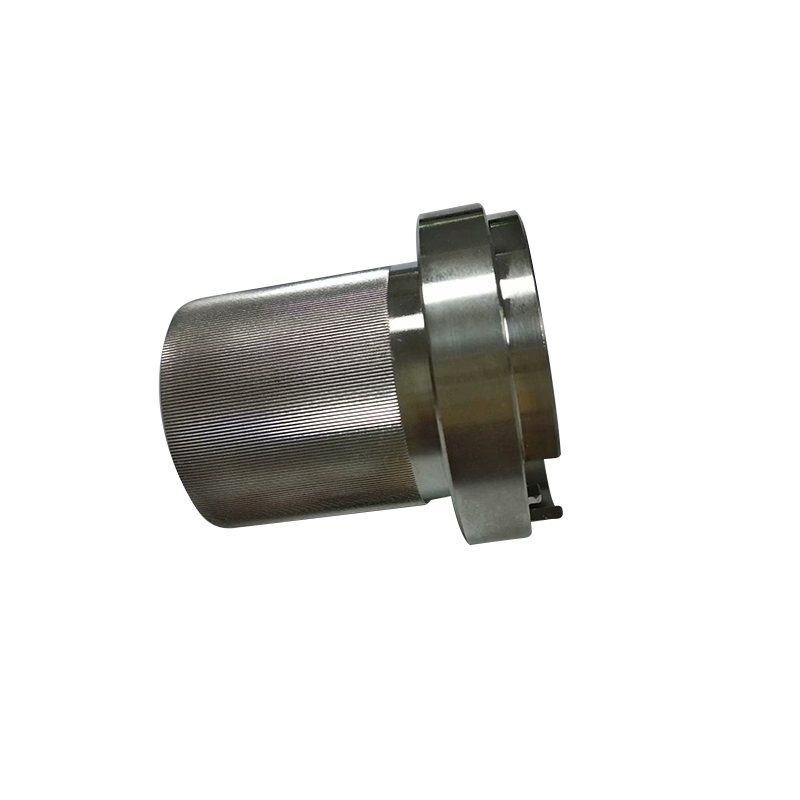
3. Burnishing
Metal burnishing is a process that enhances the appearance of metal surfaces by polishing them with a hard, smooth tool or abrasive material. It’s used in jewelry making, metalworking, coin minting, automotive, aerospace, and decorative metalwork to create a smooth, shiny, and reflective finish.

4. Painting
Painting is a surface treatment involving the application of paint or coatings to steel surfaces. It can be used on various types of steel, including carbon steel, stainless steel, alloy steel, and weathering steel, and it enhances steel’s appearance, protects it from corrosion, and adds durability. Proper surface preparation, priming, topcoats, and quality control are essential steps in this process. Advantages include corrosion protection, improved aesthetics, durability, and added functionality for various applications.
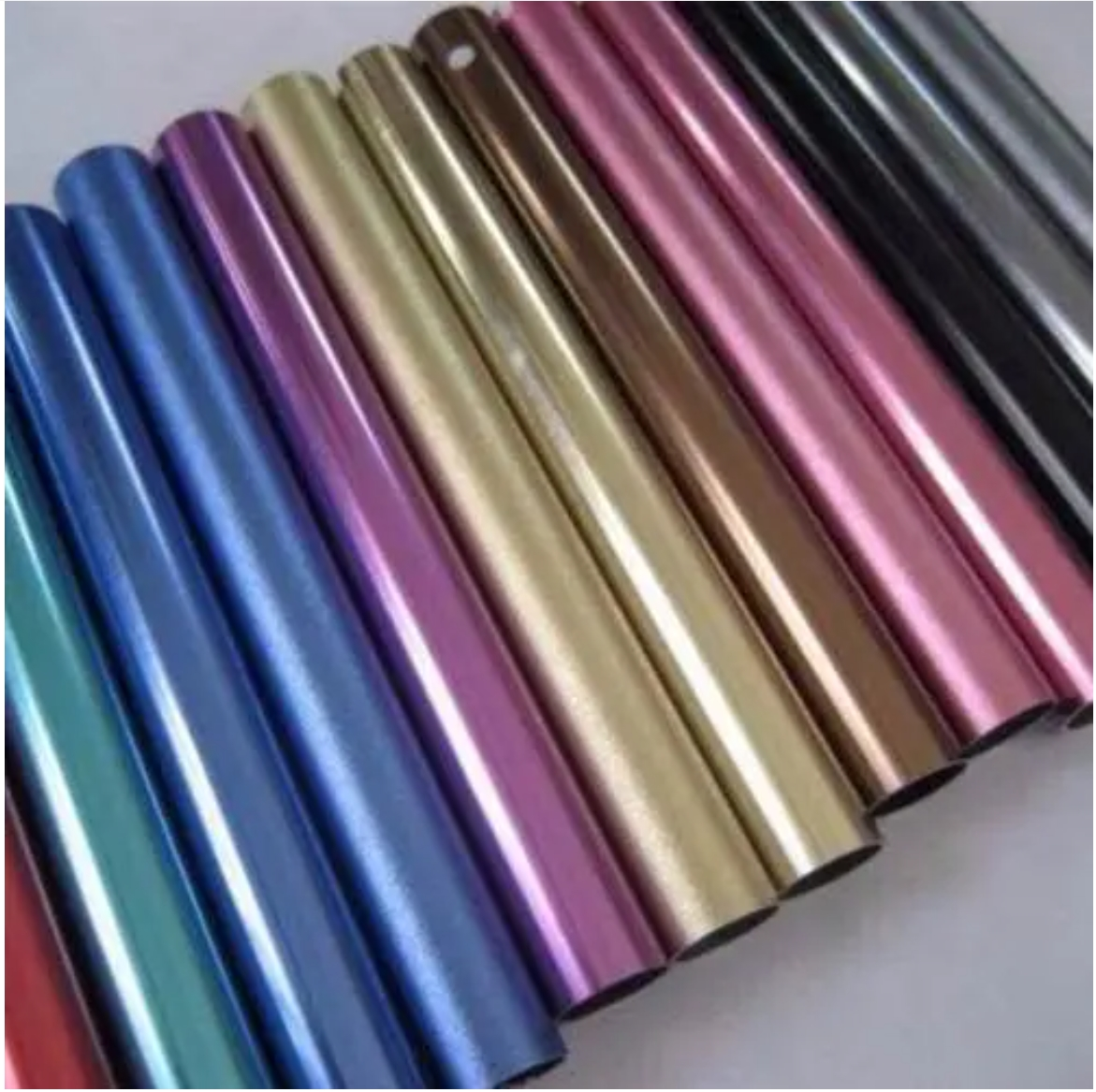
5. Coating
Coating techniques for steel surfaces are integral to enhancing their properties and performance. They provide protection against corrosion, improve aesthetics, and add functionality to various steel applications. Here are some standard coating methods:
1)Galvanization:
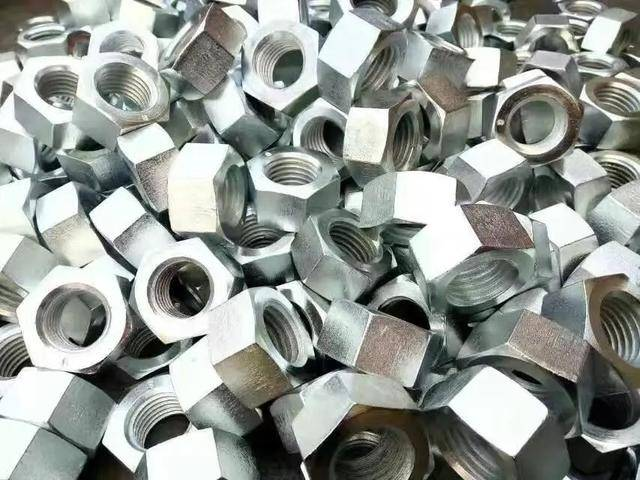
Galvanization is a process in which steel is coated with a layer of zinc. This zinc coating acts as a sacrificial layer that corrodes before the underlying steel, effectively protecting the steel from rust and corrosion. Galvanization is widely used in various industries, including construction, transportation, agriculture, and manufacturing, where steel products need to withstand harsh environmental conditions and maintain their structural integrity over time.
2)Powder Coating:
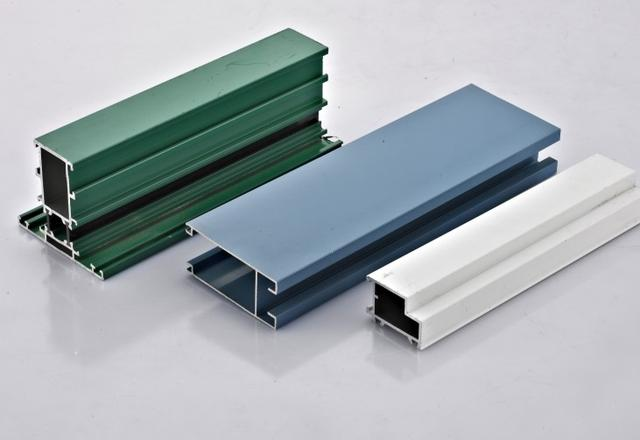
Powder coating is a dry finishing process in which a powdered polymer is electrostatically applied to the steel surface and then heated to form a protective layer. It’s known for its durability and resistance to chipping, cracking, and corrosion.
3)Hot Dipping Coating:
Hot-dip coating with zinc(hot-dip galvanizing) or other metals provides excellent corrosion protection for large steel structures, such as bridges, pipelines, and transmission towers.
5)Chrome Plating:
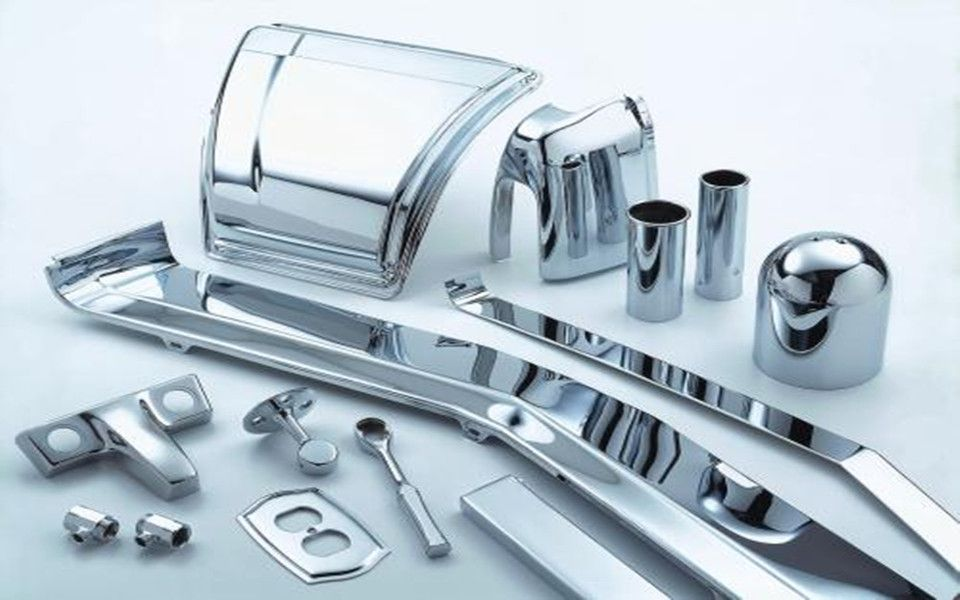
Chrome plating is commonly used for decorative and protective purposes. It provides a highly reflective, corrosion-resistant finish. It is used in applications where appearance, durability, and resistance to wear and corrosion are essential, including automotive trim, bathroom fixtures, and industrial machinery components.
6)Chemical Nickel Plating:
Chemical nickel plating, or electroless nickel plating, is a method to deposit a layer of nickel onto surfaces, offering benefits like uniform coating, corrosion resistance, and wear resistance. It’s commonly used in industries such as automotive, aerospace, and electronics for various applications.
7)Thermal Spraying
Thermal spraying is a process that applies coatings to surfaces by melting and projecting materials onto them. It’s used to enhance wear and corrosion resistance, provide thermal and electrical insulation, and improve the appearance of various products in industries like aerospace, automotive, and energy.
6. Nitriding
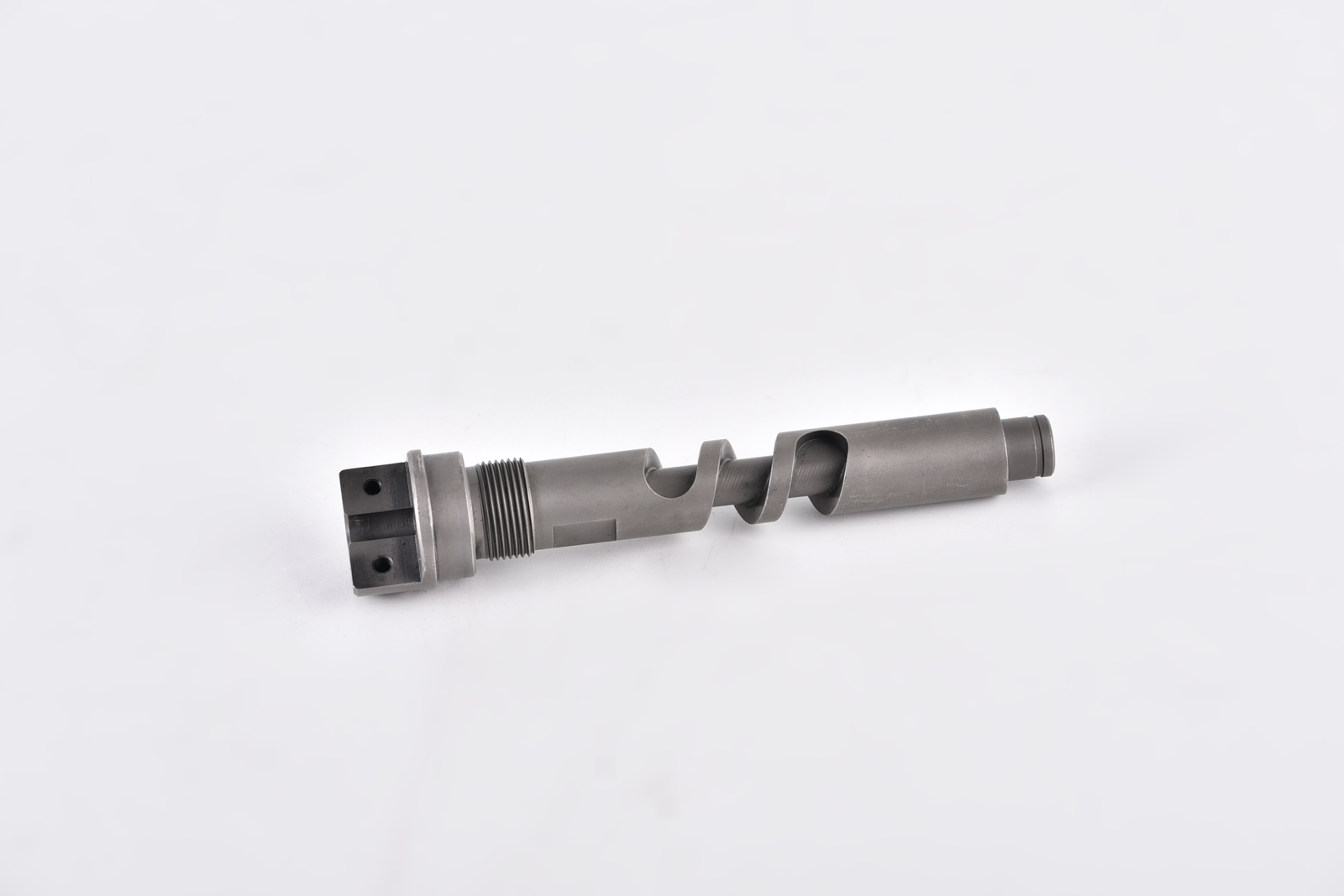
Another metal treatment, Nitriding, is a chemical treatment that diffuses nitrogen into the surface of steel and metal. This chemical reaction creates a surface layer of nitrides that improves the hardness, wear resistance, fatigue resistance, and strength of the material.
This technique is essential in producing high-performance cutting tools, bearings, and gears. Components treated properly with nitriding have a longer lifespan and better performance under demanding conditions, making them ideal for use in the aerospace, automotive, and manufacturing industries.
Advantages: Nitriding increases steel hardness, enhances wear resistance, and extends the lifespan of carbon steel and metal components subjected to heavy wear and tear.
Conclusion
In conclusion, a steel surface treatment plays a pivotal role in enhancing the properties and durability of this ubiquitous material. From the removal of oxide layers through pickling to the formation of protective oxide layers via passivation and the polishing of surfaces through burnishing, these methods cater to a wide range of industries and applications.
The application of coatings, whether through galvanization, powder coating, hot dipping, chrome plating, chemical nickel plating, or thermal spraying, provides an array of benefits, from corrosion protection to improved aesthetics and functionality.
Nitriding further extends the utility of steel, enhancing its hardness and resistance to wear, making it suitable for high-performance components in demanding environments.
In the ever-evolving landscape of materials engineering, these steel surface treatments continue to empower industries, providing solutions to overcome challenges like corrosion, wear, and environmental exposure. Whether for aerospace, automotive, electronics, or manufacturing, these treatments pave the way for enhanced performance, extended product lifespans, and overall excellence.
